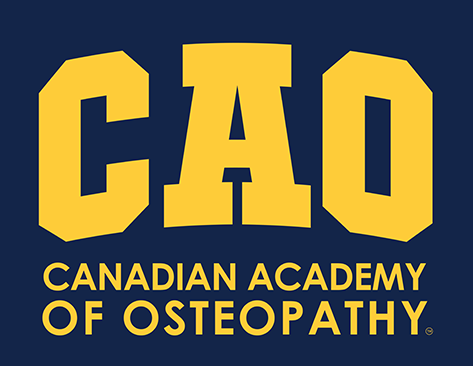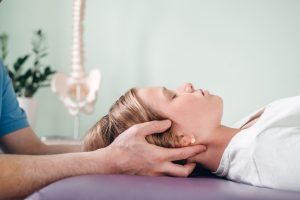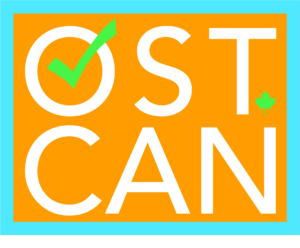Osteopathy is a practice that takes into account the different systems of the body, how they work together and their ability to impact one another. This therapy follows a belief in the body’s ability to self-heal and self-regulate; the role of an Osteopathic Manual Practitioner is to facilitate that return to health.
To do so, Osteopathic Manual Practitioners recognize the body as a whole unit, rather than a collection of separate parts. That means acknowledging how injury or pain in an isolated area can lead to challenges in other areas of the body, as well as the whole nervous system. By taking a comprehensive approach to osteopathy, students at the CAO are prepared to work with the interrelated systems of the body to support their patients’ recovery. Read on to learn more about nervous system memory and its connection to osteopathic practices!
What Do We Mean by Nervous System Memory?
The body is made up of a network of different nervous systems, which carry messages from the brain to the organs and vice versa. When the body experiences stress, pain, or tension, this can upset the balance of the whole nervous system and cause tension in other areas of the body. As one part of the body experiences trauma, other parts of the body may adapt and compensate to support that area.
This can cause the body to hold onto a physical injury in other ways, leading to slight changes in the body’s systems and structure. Patients may find that an injury that they thought had healed emerges in other complications down the line. This is a product of nervous system memory, which finds ways to compensate for past trauma in the body.
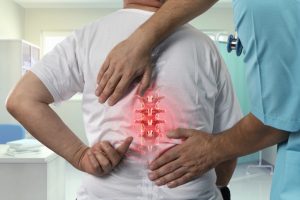
How Does Nervous System Memory Relate to Osteopathy?
At the heart of osteopathy is a strong belief in the body’s ability to self-heal and self-regulate. An Osteopathic Manual Practitioner is there to support that process by listening to and addressing the patient’s concerns. In classical Osteopathic training, the goal is to work with the sensory nervous system to rewire some of the “memories” in the body following injury or trauma. In that way, osteopathy aims to go deeper into the underlying causes of surface-level aches and pains.
Students at the CAO will gain an in-depth understanding of anatomy and physiology so that they can treat the layers of bodily structure on a personalized, individual level. By learning how the parts of the body are connected by and dependent on the nervous system, graduates of our program will be ready to offer more comprehensive support to heal lingering discomfort in the body.
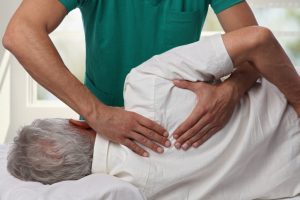
How Our Curriculum Prepares You for Work as an Osteopathic Manual Practitioner
Students at our osteopathy academy will take a challenging, two-fold approach to osteopathy that examines each system in the body and how they work together. The program is rooted in a classical and principles-based understanding of osteopathic treatment that goes beyond skills training. Our curriculum covers clinical anatomy and physiology, moving away from the traditional allopathic model and toward a fully integrated osteopathic model that examines the body as a whole dynamic body of function. At the same time, students will put their knowledge to practice through our supervised clinical training. By understanding how “memories of trauma” can linger in different parts of the body and allowing that to inform your practice, you’ll be ready to offer more effective support to patients throughout your career.
Are you interested in training at an osteopathy college?
Contact the Canadian Academy of Osteopathy to get started!
